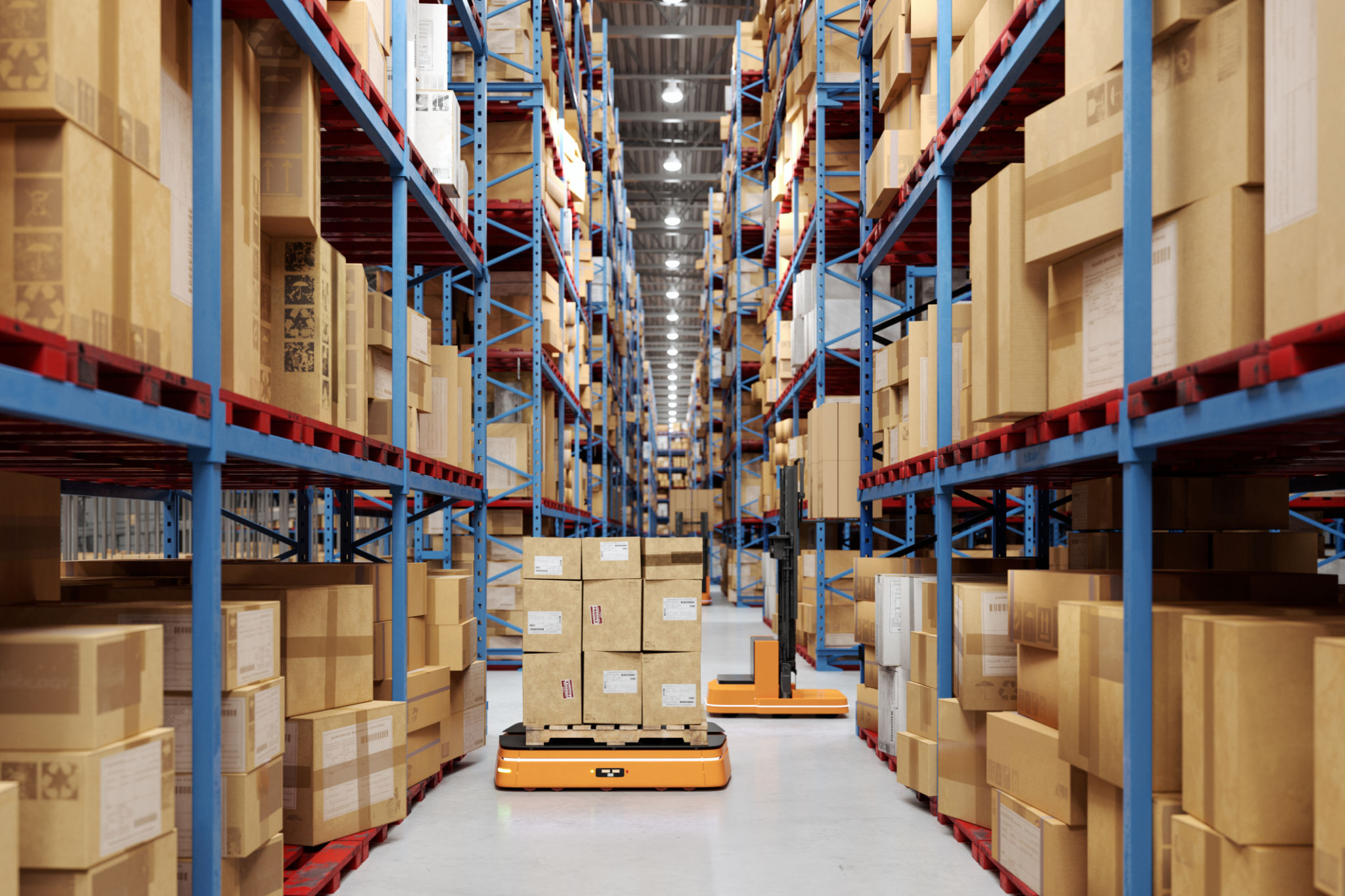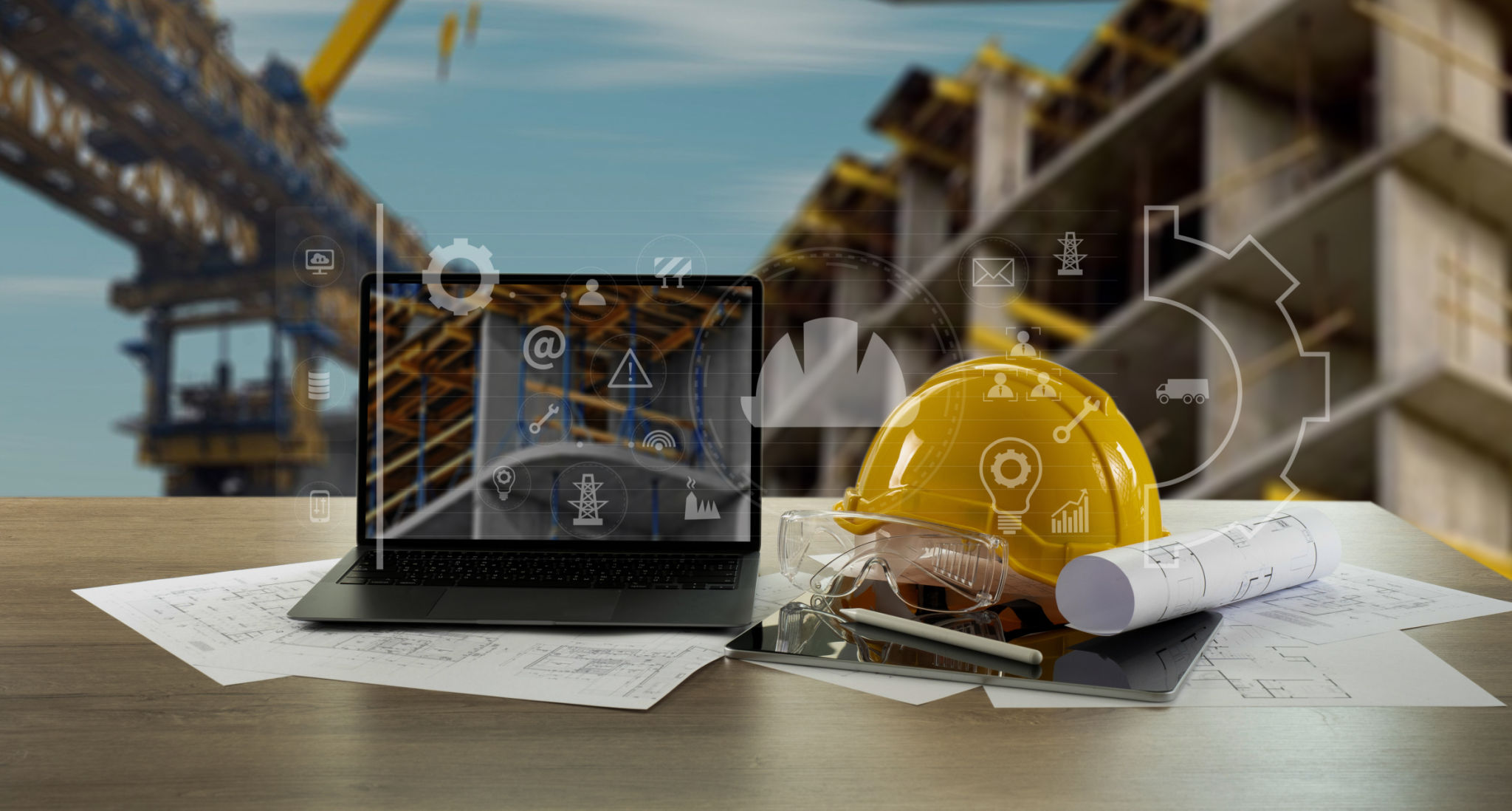The Ultimate Guide to Construction Automation Solutions
Understanding Construction Automation
In recent years, the construction industry has seen a significant transformation with the advent of automation technologies. These innovations are not merely about replacing human labor but enhancing efficiency, accuracy, and safety on construction sites. From 3D printing to autonomous machinery, automation solutions are reshaping how projects are planned and executed.
Construction automation involves integrating advanced technologies such as robotics, artificial intelligence, and the Internet of Things (IoT) into traditional building processes. This integration helps in optimizing resources, reducing waste, and ensuring timely project completion.

Key Benefits of Automation in Construction
The adoption of automation solutions brings several advantages to construction projects. One of the primary benefits is improved productivity. Automated machinery can work longer hours without fatigue, achieving tasks faster than manual labor.
Automation also enhances precision in construction tasks. For instance, robotic arms can lay bricks with exceptional accuracy, reducing the likelihood of errors that can lead to structural weaknesses. This precision extends to tasks like concrete pouring and wall assembly.

Enhancing Safety on Construction Sites
Safety is a critical concern in construction, and automation plays a pivotal role in mitigating risks. Automated drones can conduct site inspections and monitor hazardous areas without putting human workers in danger. Similarly, autonomous vehicles transport materials across sites safely and efficiently.
By replacing manual tasks prone to human error with automated solutions, companies can significantly reduce accidents and injuries. This not only protects workers but also minimizes downtime and associated costs.

Types of Construction Automation Solutions
There are several types of automation solutions available to the construction industry. These include:
- Robotic Process Automation (RPA): Used for automating repetitive tasks such as data entry and management.
- 3D Printing: Enables the rapid prototyping and production of building components.
- Drones: Used for surveying, mapping, and inspecting sites from above.
- Autonomous Vehicles: Transport materials and equipment across large sites.
Challenges in Implementing Automation
Despite its benefits, implementing automation in construction comes with challenges. The initial cost of investing in automated equipment can be high, deterring smaller companies from adopting these technologies.
Additionally, there is a learning curve associated with integrating new technologies into existing processes. Companies must train their workforce to operate and maintain automated systems effectively.

The Future of Construction Automation
The future of construction is undoubtedly intertwined with automation. As technology continues to advance, we can expect more sophisticated solutions that further enhance efficiency and sustainability in the industry.
Innovations such as AI-driven project management tools and smart wearables for real-time monitoring of worker health and performance are on the horizon. These advancements will not only improve project outcomes but also redefine the role of human workers in construction.

In conclusion, embracing construction automation solutions is essential for companies looking to stay competitive in a rapidly evolving industry. While challenges exist, the benefits outweigh them, making it a worthwhile investment for the future.
